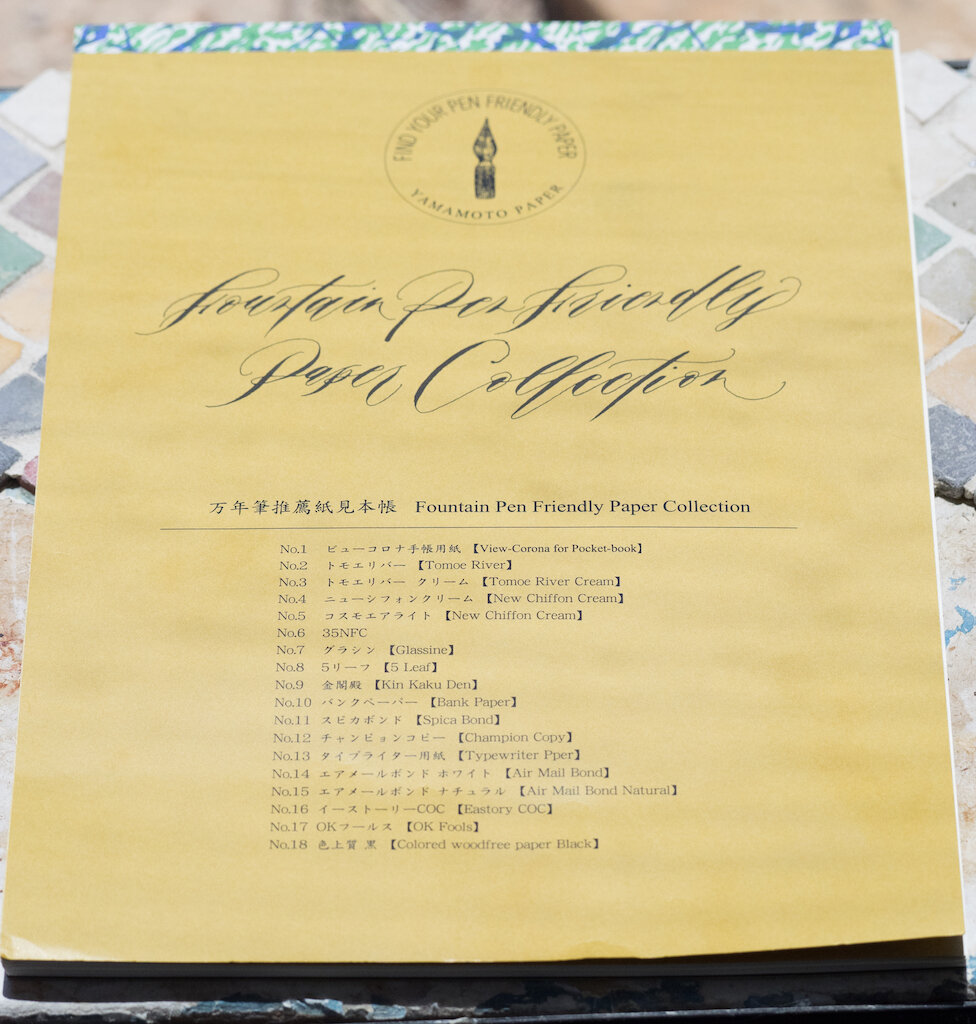Choosing the right writing paper - Iguana Sell
By A Mystery Man Writer
Last updated 02 Jun 2024
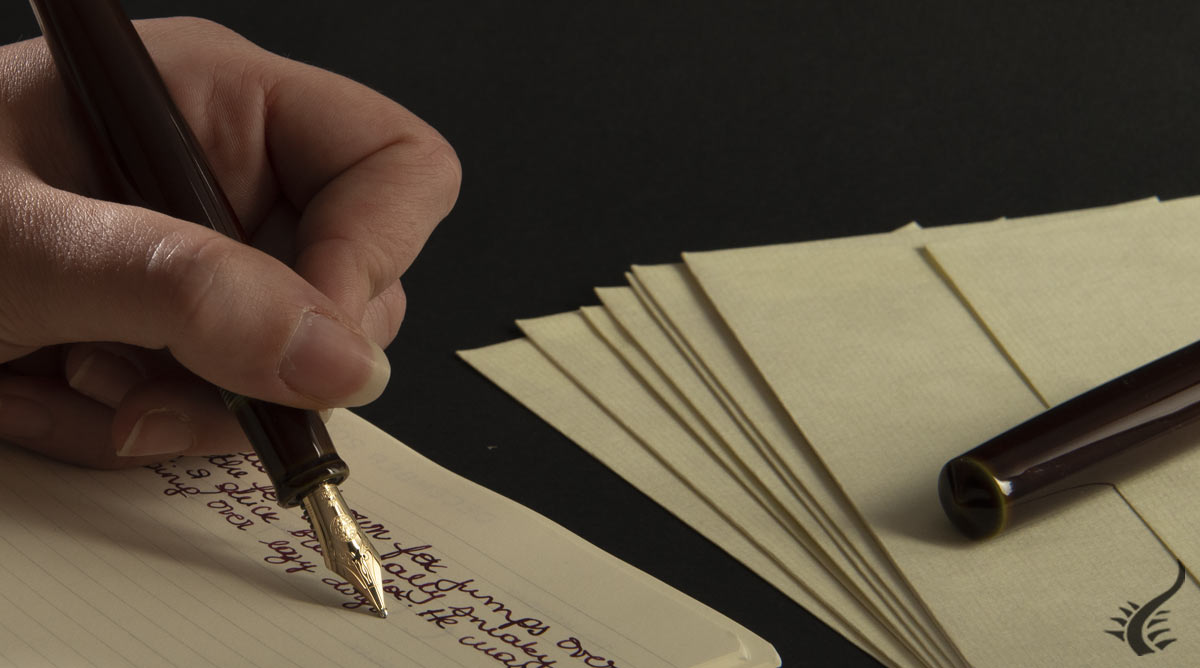
People who are passionate about fountain pens often focus on every detail of that special piece they love, the perfect nib and the color and specifications of a certain ink. However, one aspect that may be less often contemplated, at least when entering into this passion, is the paper choice. Choosing the right writing paper The choice of the right paper for each type of writing should be taken into account, especially when using a fountain pen, as it can affect the quality of the stroke, the glide of the pen and the legibility of the text. The most common difficulties that need to be taken into account are: BLEEDTHROUGH This refers to the problem that arises when the ink shows excessively on the back of the paper and may even leave traces on the next sheet. Some degree of
People who are passionate about fountain pens often focus on every detail of that special piece they love, the perfect nib and the color and specifications of a certain ink. However, one aspect that may be less often contemplated, at least when entering into this passion, is the paper choice. Choosing the right writing paper The choice of the right paper for each type of writing should be taken into account, especially when using a fountain pen, as it can affect the quality of the stroke, the glide of the pen and the legibility of the text. The most common difficulties that need to be taken into account are: BLEEDTHROUGH This refers to the problem that arises when the ink shows excessively on the back of the paper and may even leave traces on the next sheet. Some degree of shadow or transparency is not unusual, but if it penetrates the paper, you may need to use thicker paper. This is often the case with rough, uncoated paper. FEATHERING This refers to the tendency of the ink to spread through the nearest fibres of the paper, resulting in a branching effect like a spider's web, losing definition in the line. High quality paper is specifically coated and designed to prevent ink dispersion. However, it should be noted that wider nibs deposit more ink that will soak into the fibres, making feathering more likely. PAPER FEATURES To prevent this, it is important to pay attention to the characteristics of the paper, especially the smoothness, drying time and absorbency of the paper, as they are interdependent: Smoothness: Depending on the manufacturing process different textures are found, as the coating of the paper affects its smoothness. However, an excessively coated paper is slippery, and will hinder ink absorption and drying time. On the contrary, an uncoated paper will result in rough writing and will make it easier for the ink to disperse. Therefore, in the case of a paper for fountain pen use, it is ideal to look for a paper that is coated but with a smooth satin finish. Drying time: It will vary according to the absorbency of the paper, the more absorbent the paper, the faster it will be. However, it will make diffusion and transfer more likely. Conversely, a paper with low absorbency will disperse the ink less, but will take longer to dry. Absorption: On non-satin papers, the thickness of the paper will be decisive for the ink not to bleed through. 90g is considered to be a sufficient grammage. However, a very high absorption capacity will make ink dispersion inevitable, blurring the definition of the line. OTHER STYLING FEATURES Patterns: There are several styles of sheets, and while the most popular is lined paper, dotted paper is also interesting for lettering and calligraphy. The French ruler (Seyes) is another common choice for cursive writing, or even the grid for journaling. And although the so-called blank paper is the obvious choice for every artist, it is always a safe option for writing as well. Color: Most paper is white, off-white or cream. Depending on the color of the ink to be used, a more beige tone can give a vintage look or a more luxurious feel. However, if you are looking to highlight the special color or effect of the ink, it is preferable to de-emphasise the tone of the paper, tending towards something with less vibrancy. Special Tips Left-handed people should tend to use more absorbent paper to reduce drying time and avoid smudging the ink with their hand when writing (don't miss our tips especially for left-handers), while users of extra-fine EF nibs should consider using a less absorbent paper, to avoid that too fast drying disperses the ink and makes the line thicker. By taking all these variants into account when choosing the perfect paper, you can achieve the ideal experience to match your ink and fountain pen. FOUNTAIN PENS JOURNALS If you have any questions, please do not hesitate to contact our team, we will be happy to help you!
People who are passionate about fountain pens often focus on every detail of that special piece they love, the perfect nib and the color and specifications of a certain ink. However, one aspect that may be less often contemplated, at least when entering into this passion, is the paper choice. Choosing the right writing paper The choice of the right paper for each type of writing should be taken into account, especially when using a fountain pen, as it can affect the quality of the stroke, the glide of the pen and the legibility of the text. The most common difficulties that need to be taken into account are: BLEEDTHROUGH This refers to the problem that arises when the ink shows excessively on the back of the paper and may even leave traces on the next sheet. Some degree of shadow or transparency is not unusual, but if it penetrates the paper, you may need to use thicker paper. This is often the case with rough, uncoated paper. FEATHERING This refers to the tendency of the ink to spread through the nearest fibres of the paper, resulting in a branching effect like a spider's web, losing definition in the line. High quality paper is specifically coated and designed to prevent ink dispersion. However, it should be noted that wider nibs deposit more ink that will soak into the fibres, making feathering more likely. PAPER FEATURES To prevent this, it is important to pay attention to the characteristics of the paper, especially the smoothness, drying time and absorbency of the paper, as they are interdependent: Smoothness: Depending on the manufacturing process different textures are found, as the coating of the paper affects its smoothness. However, an excessively coated paper is slippery, and will hinder ink absorption and drying time. On the contrary, an uncoated paper will result in rough writing and will make it easier for the ink to disperse. Therefore, in the case of a paper for fountain pen use, it is ideal to look for a paper that is coated but with a smooth satin finish. Drying time: It will vary according to the absorbency of the paper, the more absorbent the paper, the faster it will be. However, it will make diffusion and transfer more likely. Conversely, a paper with low absorbency will disperse the ink less, but will take longer to dry. Absorption: On non-satin papers, the thickness of the paper will be decisive for the ink not to bleed through. 90g is considered to be a sufficient grammage. However, a very high absorption capacity will make ink dispersion inevitable, blurring the definition of the line. OTHER STYLING FEATURES Patterns: There are several styles of sheets, and while the most popular is lined paper, dotted paper is also interesting for lettering and calligraphy. The French ruler (Seyes) is another common choice for cursive writing, or even the grid for journaling. And although the so-called blank paper is the obvious choice for every artist, it is always a safe option for writing as well. Color: Most paper is white, off-white or cream. Depending on the color of the ink to be used, a more beige tone can give a vintage look or a more luxurious feel. However, if you are looking to highlight the special color or effect of the ink, it is preferable to de-emphasise the tone of the paper, tending towards something with less vibrancy. Special Tips Left-handed people should tend to use more absorbent paper to reduce drying time and avoid smudging the ink with their hand when writing (don't miss our tips especially for left-handers), while users of extra-fine EF nibs should consider using a less absorbent paper, to avoid that too fast drying disperses the ink and makes the line thicker. By taking all these variants into account when choosing the perfect paper, you can achieve the ideal experience to match your ink and fountain pen. FOUNTAIN PENS JOURNALS If you have any questions, please do not hesitate to contact our team, we will be happy to help you!
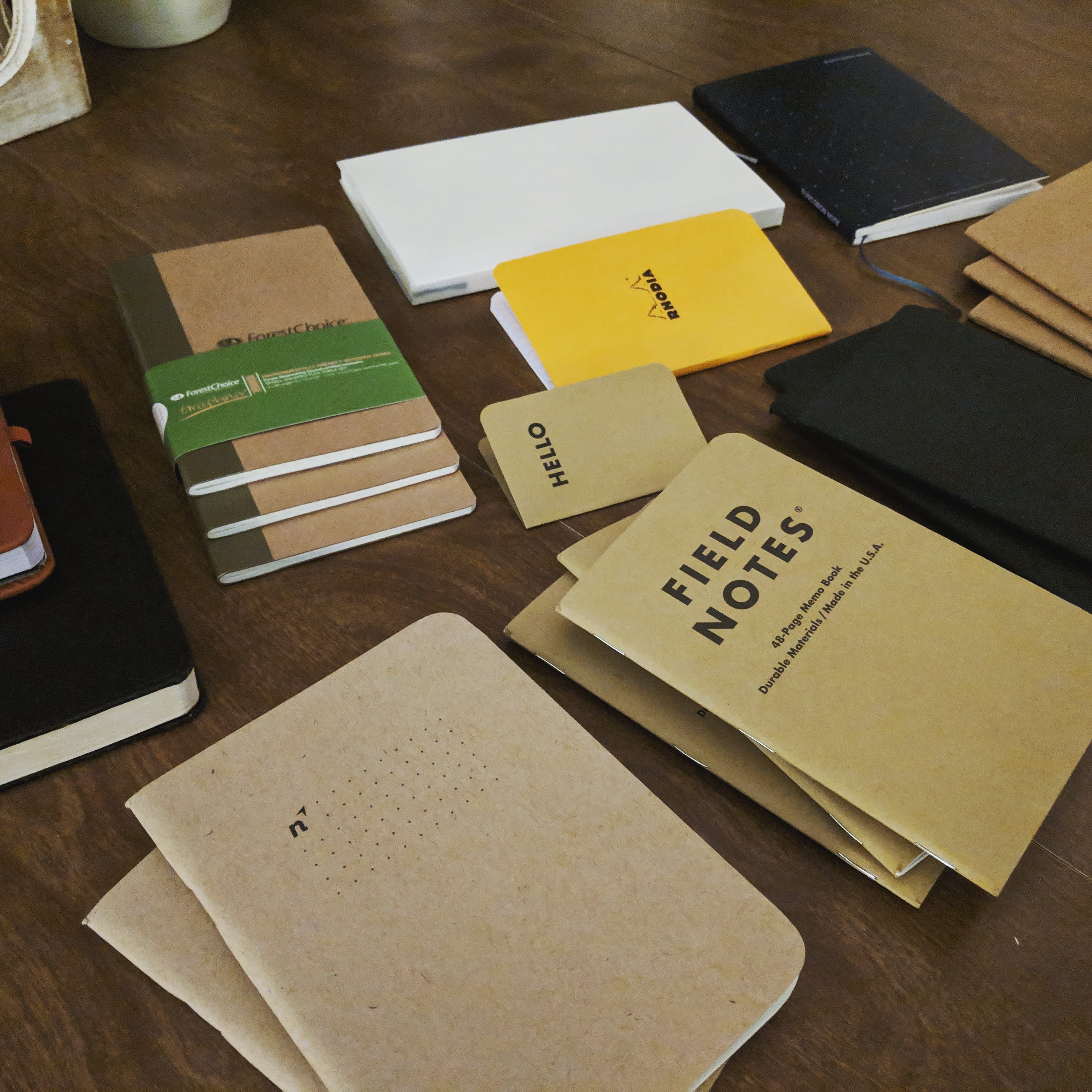
Writing Right. Choosing pen and paper, by Kevin Hamer

Top 5 Fountain Pen Gifts Under $100! - The Goulet Pen Company
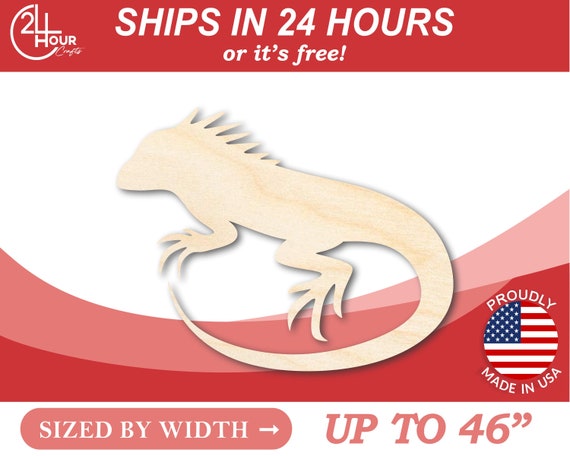
Unfinished Wooden Iguana Shape Reptile Animal Craft up to 24 DIY
The Paper Guide: A Cheat Sheet for High Quality Paper and its Uses - The Paper Seahorse

Iguana : An Owner's Guide to a Happy Healthy Pet 9780876054789

Book It: Retell It, Write It, Make It! Packet (I Wanna Iguana)
Used Book in Good Condition

The Iguana Brothers: A Tale of Two Lizards
My Book It: Retell It, Write It, Make It! products are printable mini-packets with purposeful activities for literacy instruction and literacy
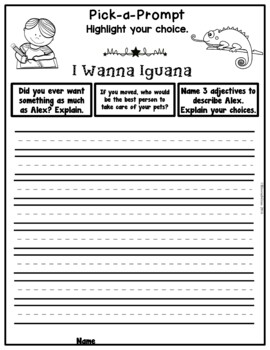
Book It: Retell It, Write It, Make It! Packet (I Wanna Iguana)
I Wanna, Persuasive Letter Writing Template
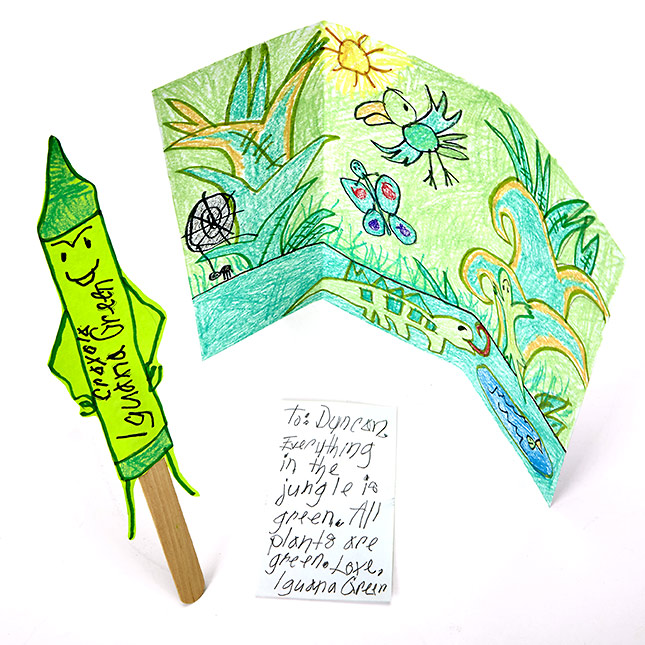
Conversations With Crayons
Recommended for you
-
 Hierarchies of Fountain Pen Friendly Paper (Last Updated 2.18.22) — The Gentleman Stationer02 Jun 2024
Hierarchies of Fountain Pen Friendly Paper (Last Updated 2.18.22) — The Gentleman Stationer02 Jun 2024 -
Fountain Pen Friendly Paper Collection by Yamamoto Paper: A Review (Part 1 of 2) — The Pen Addict02 Jun 2024
-
.jpg) REVIEW: PLATINUM CURIDAS FOUNTAIN PEN, The Pencilcase Blog02 Jun 2024
REVIEW: PLATINUM CURIDAS FOUNTAIN PEN, The Pencilcase Blog02 Jun 2024 -
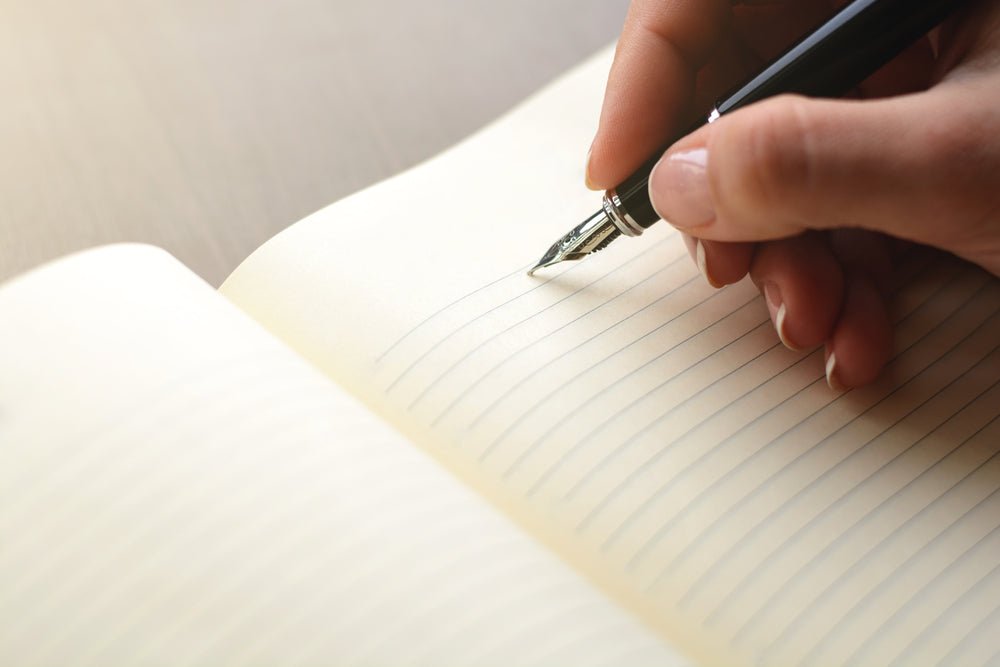 What kind of notebook do you use with a fountain pen? – LeStallion02 Jun 2024
What kind of notebook do you use with a fountain pen? – LeStallion02 Jun 2024 -
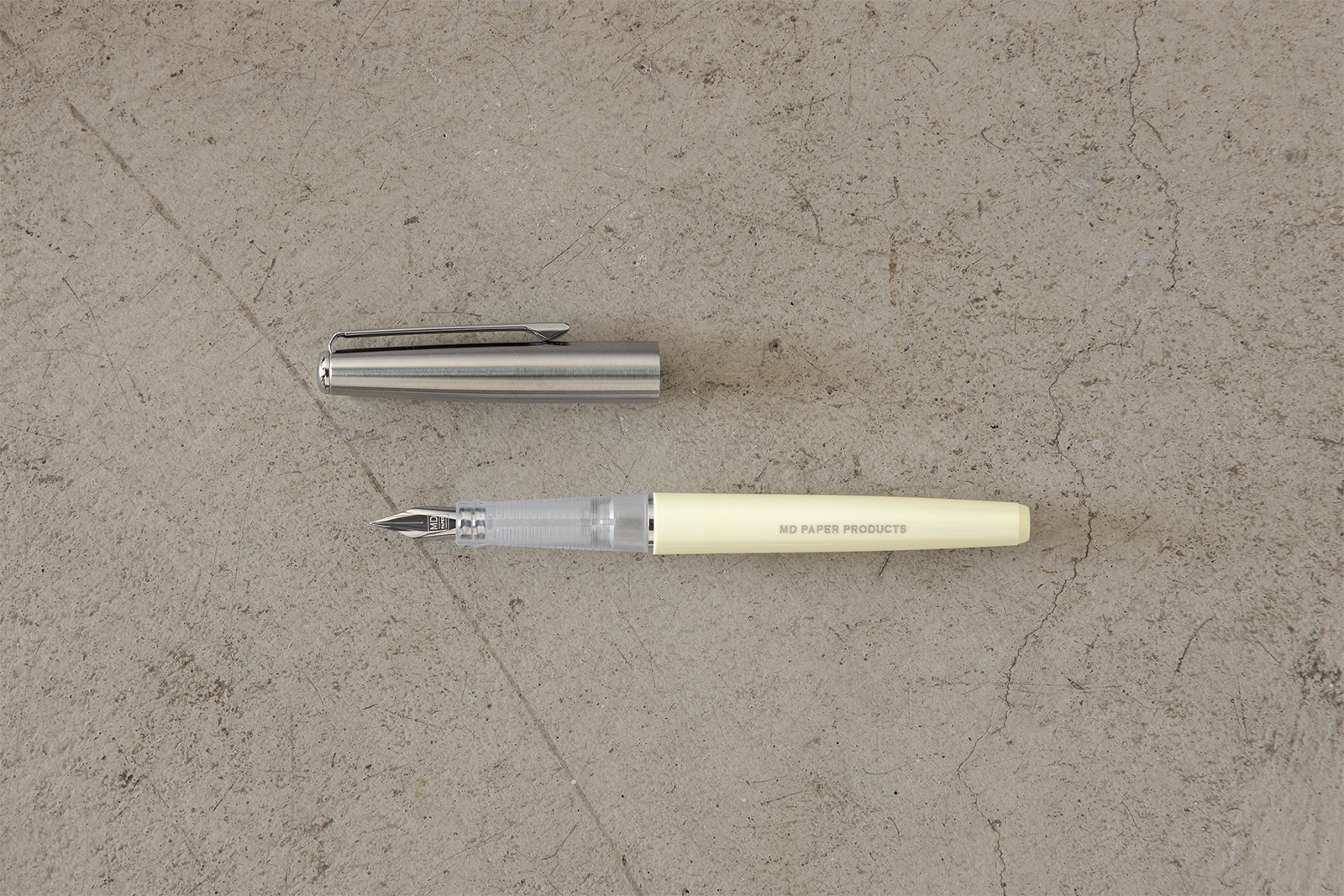 MD Fountain Pen MD PAPER PRODUCTS02 Jun 2024
MD Fountain Pen MD PAPER PRODUCTS02 Jun 2024 -
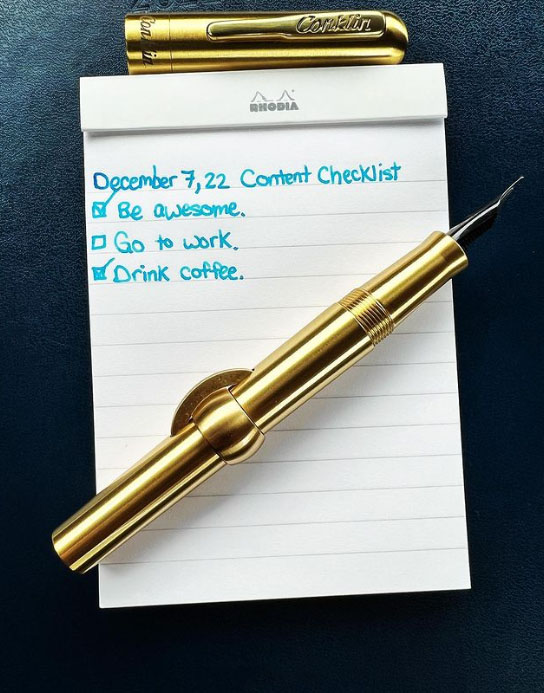 rhodia with conklin mark twain fountain pen - Pen Chalet02 Jun 2024
rhodia with conklin mark twain fountain pen - Pen Chalet02 Jun 2024 -
 Lamy AL-star glossy red Fountain Pen + paper Notebook Set - pen-script02 Jun 2024
Lamy AL-star glossy red Fountain Pen + paper Notebook Set - pen-script02 Jun 2024 -
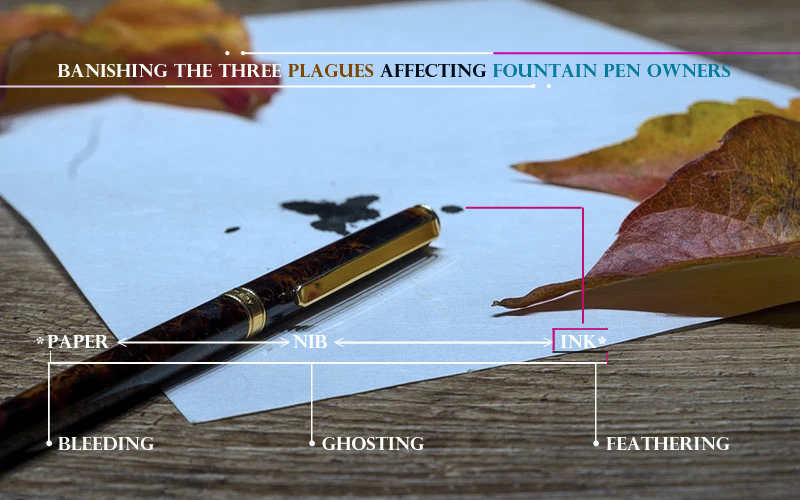 Banishing the Three Plagues Affecting Fountain Pen Owners - Pen02 Jun 2024
Banishing the Three Plagues Affecting Fountain Pen Owners - Pen02 Jun 2024 -
 XV Mozera Dot Grid A5 Notepad Fountain Pen Paper Notebook02 Jun 2024
XV Mozera Dot Grid A5 Notepad Fountain Pen Paper Notebook02 Jun 2024 -
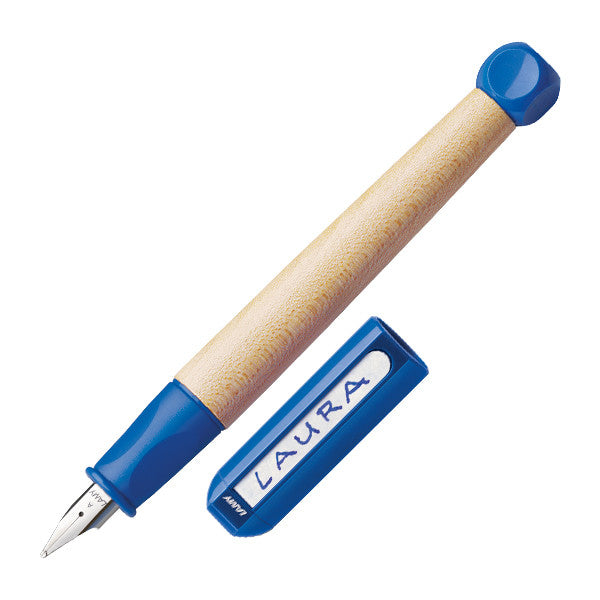 Lamy ABC Blue Fountain Pen02 Jun 2024
Lamy ABC Blue Fountain Pen02 Jun 2024
You may also like
-
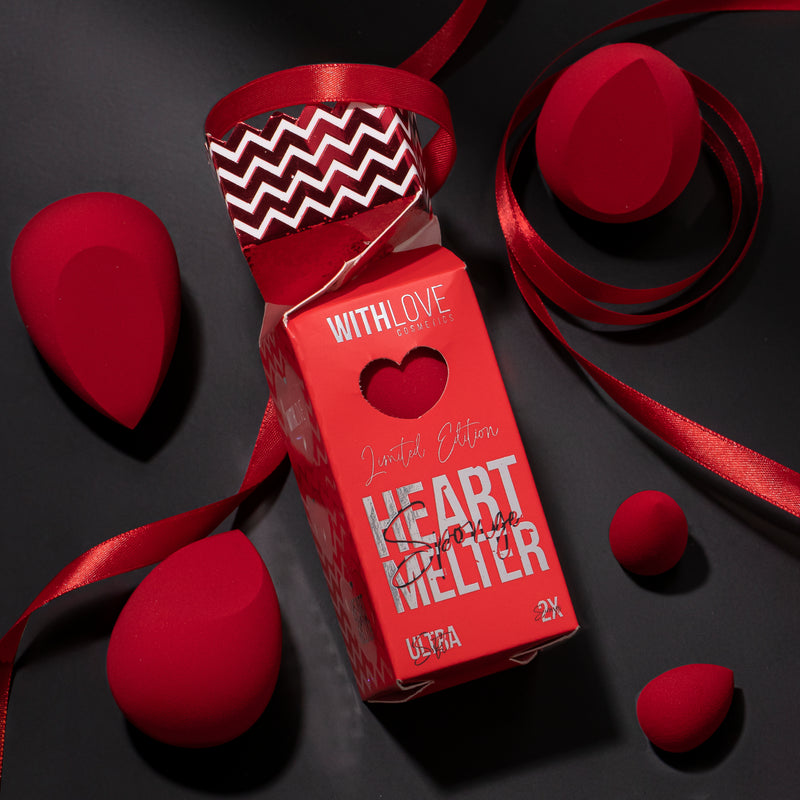 Limited Edition Heart Melter Sponge Cracker X6 Sponges – Withlovecosmetics02 Jun 2024
Limited Edition Heart Melter Sponge Cracker X6 Sponges – Withlovecosmetics02 Jun 2024 -
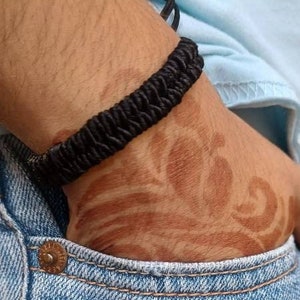 Buy Evil Eye Thread Online In India - India02 Jun 2024
Buy Evil Eye Thread Online In India - India02 Jun 2024 -
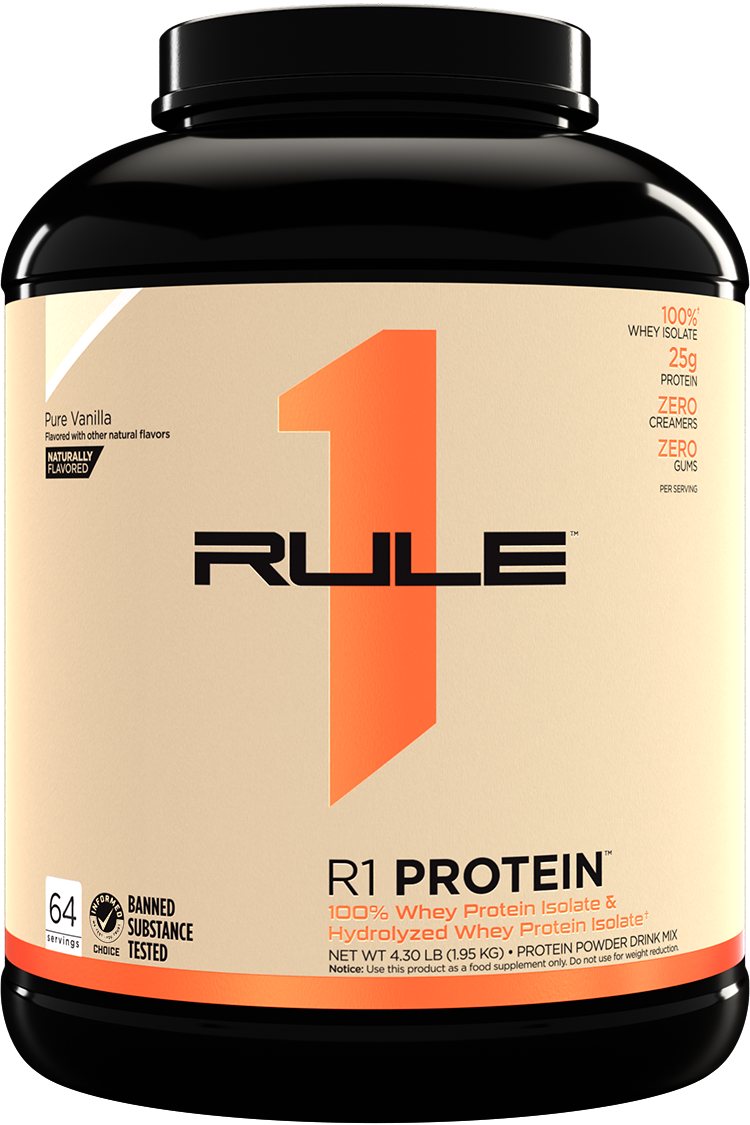 Rule 1 R1 Protein Natural Vanilla Creme 5 Pounds02 Jun 2024
Rule 1 R1 Protein Natural Vanilla Creme 5 Pounds02 Jun 2024 -
 Custom Embosser Deluxe Gold02 Jun 2024
Custom Embosser Deluxe Gold02 Jun 2024 -
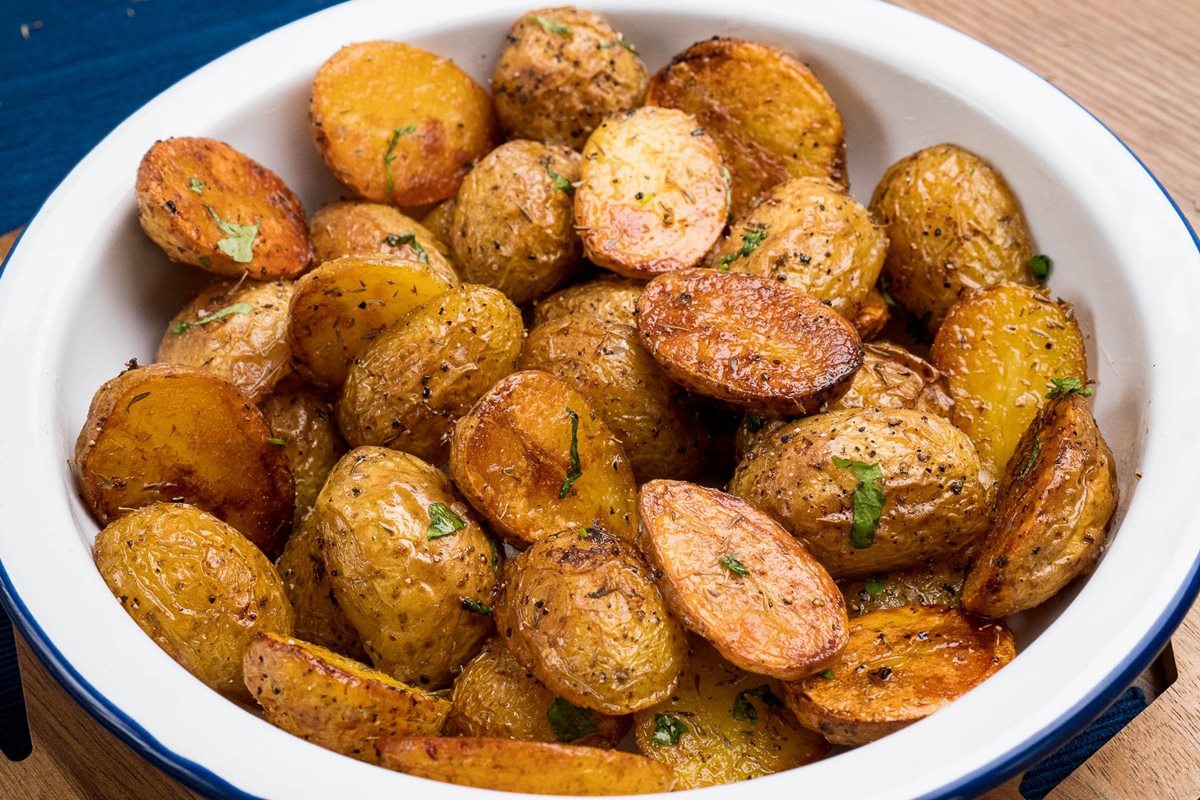 How To Cook Little Potatoes In The Microwave02 Jun 2024
How To Cook Little Potatoes In The Microwave02 Jun 2024 -
Dry Erase Marker, Pen-Style, Extra-Fine Bullet Tip, Assorted02 Jun 2024
-
 100 FOREVER STAMPS* Roll of 100 USPS Forever US Flag Stamp Coil02 Jun 2024
100 FOREVER STAMPS* Roll of 100 USPS Forever US Flag Stamp Coil02 Jun 2024 -
 30 Things to learn when bored at home - Vishaka Blone02 Jun 2024
30 Things to learn when bored at home - Vishaka Blone02 Jun 2024 -
 Jewelry Cleaner Liquid Cleaning Solutions Restores Shine for Gold02 Jun 2024
Jewelry Cleaner Liquid Cleaning Solutions Restores Shine for Gold02 Jun 2024 -
 Springtime Candy Buttons - Grandpa Joe's Candy Shop02 Jun 2024
Springtime Candy Buttons - Grandpa Joe's Candy Shop02 Jun 2024
